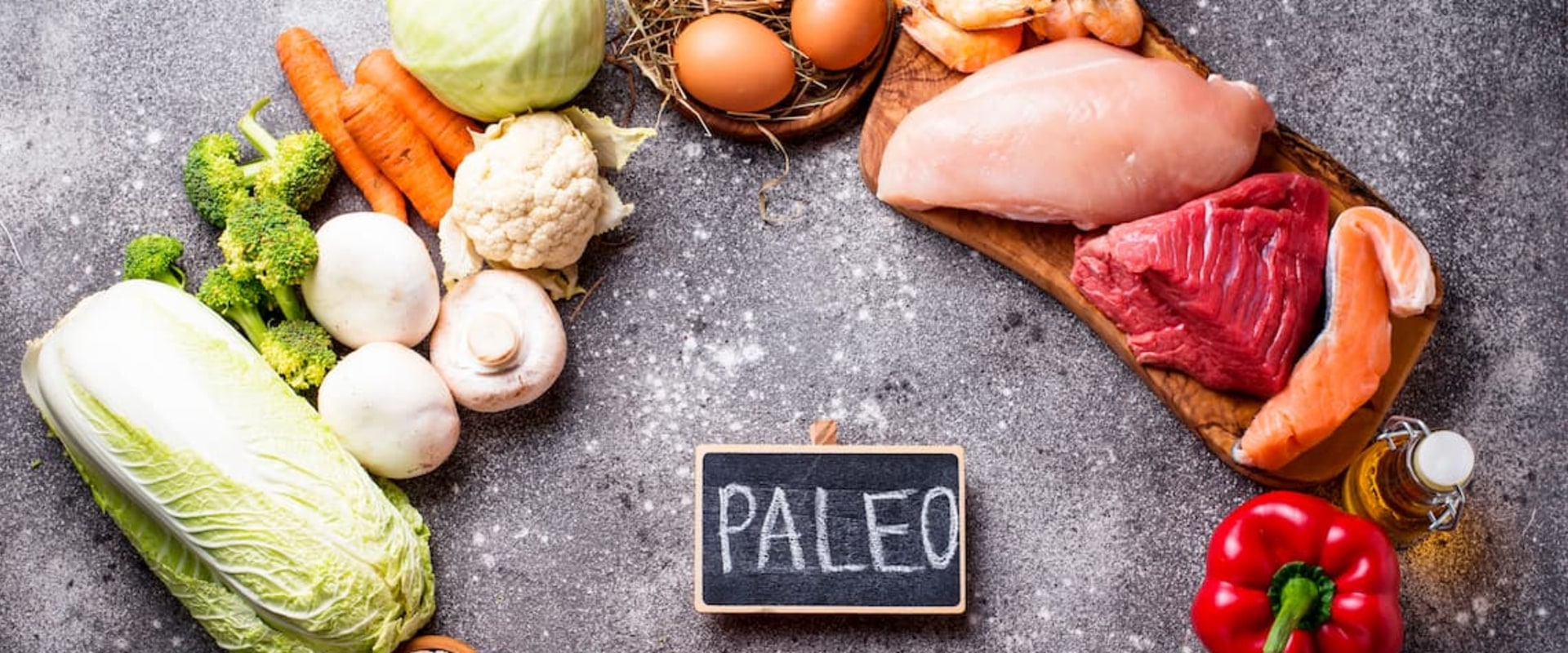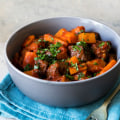Grains (including whole grains and those that don't contain gluten), dairy, and legumes are banned on the paleo diet. The Paleo diet follows the basic principle of “eating foods that a caveman would have access to”. Or better yet, known as “eating whole foods.”. This would include a lot of fat, protein, and healthy products, but would exclude grains, dairy products, and processed foods.
This diet also emphasizes grass-fed, sustainably caught, and free-range options, similar to the type of protein options a caveman would have to hunt or collect for himself. While a paleo diet has a general whole-food approach, there are still many traditional health foods that aren't considered paleo, such as dairy, legumes, and whole grains, because our ancestors didn't commonly consume them. A more controversial argument as to why common legumes and cereals are avoided is due to their high phytic acid content, which is thought to reduce the absorption of certain nutrients such as iron, zinc, and calcium (. However, phytic acid is also found in many foods approved for paleo (such as almonds and hazelnuts) and is associated with some health benefits, such as protective benefits against kidney stones, antioxidant properties, and a suggested relationship with a lower risk of colon cancer (7,8,.
The bottom line is that there really isn't any evidence-based reason to avoid these foods because of phytic acid. Some people have digestive problems when eating beans, legumes, grains, and dairy products, for a variety of health reasons. And if any of these foods don't work for your body, this is probably the best excuse to avoid them. If you're new to paleo eating, this may seem like a big change in your life.
Eliminating grains, processed foods, dairy products, and a bunch of other relatively common products can seem overwhelming. Many grains contain antinutrients, and even those that don't contain gluten are high in omega-6 fatty acids, which increase inflammation. Rice is one of the most “acceptable” grains in the Paleo community and is considered by many to be a “safe” starch. White rice is gluten-free and contains little or no antinutrients.
It is also made up of almost pure starch and contains no nutrients. People with blood sugar problems, intestinal infections, or autoimmunity may not tolerate a lot of white rice in their diet. Because of its simple principles and whole-food approach, it's fairly easy to know which foods fit a paleo eating plan and which don't. Because a paleo diet excludes all grains, including wheat, rye, and barley, a paleo diet is also naturally gluten-free.
If you don't know where to start, planning the foods you like and then finding a way to make that food paleo is a good place to start. To qualify as a whole grain, the grain must contain the seed of the whole grain in its original proportions. Grain products are a staple in the Western diet and the idea of avoiding pasta, bread and rice seems impractical and unsustainable in the long term. Study after study, a high intake of whole grains has been associated with a lower risk of type 2 diabetes, heart disease, cancer, and weight gain.
Even when eating out or ordering food, it's still relatively easy to differentiate between processed foods and whole foods “that a caveman would have access to.”. The scientific community, including the Pritikin Program, has long promoted the health benefits of whole grains. In fact, scientists found no reduction in the risks of illness and death with the intake of refined grains. If you suffer from digestive problems, autoimmune diseases, or nutrient deficiencies, the inclusion of grains or pseudograins is not recommended.
A: Flaxseeds are high in omega-3 fatty acids and don't seem to contain many of the problematic compounds found in other grains and pseudograins. Although not part of a true paleo template, including a small amount of safe starches in your diet can work for you and your lifestyle (and can help with transitions and social situations). The rule of “eating” foods that a caveman would have access to makes it easier to buy, plan, and stick to the diet. Now, two large review studies provide compelling findings that clarify and quantify the benefits of a diet rich in whole grains.
.




